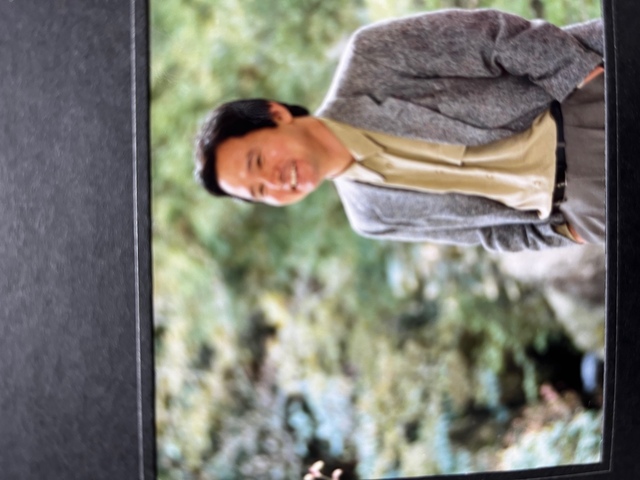The following is from a 3-column feature by Naoki Hyakuta and Ryusho Kadota in the July 26 issue of the monthly magazine WiLL titled "LGBT Issues, Supreme Court Rulings that Fuel Women's Anxiety and Fear," which runs from p. 30 to 40.
It is a must-read not only for the Japanese people but for people worldwide.
Preamble omitted.
The following is an excerpt from p. 35.
The Time Bomb Set by GHQ
Kadota
It is politics, government, finance, and the judiciary.
Corruption continues unabated in all areas of Japanese society.
The cause of this can be traced to postwar democratic education.
Prime Minister Kishida was born in 1957, Secretary General Mogi in 1955, and Foreign Minister Hayashi in 1961.
Judge Imasaki, who ruled on the "women's restroom" case, was also born in 1957.
The administrative vice-ministers of each ministry were also born in the 1950s.
What kind of education did they receive at school?
At that time, the Japan Education Association was in charge of education, so they were not taught "what the nation is" and "what it means to protect the people's lives.
Instead, they were taught that "Japan was an invading nation" and "the nation was evil."
I was born in 1958, so I know this firsthand (laughs).
The people at the top of that education are now forming the leadership.
Mr. Hyakuta, you were born in 1956 and are only two years older than me.
Hyakuta.
At the elementary school I attended, the Hinomaru flag was flown, and the Kimigayo was sung as a matter of course.
When I was in the lower grades, we had a school day on New Year's Day every year.
Red and white Manju (buns) were distributed to the students, and I remember that the Hinomaru flag was also displayed on that day.
Kadota.
That is wonderful.
That would never happen in Kochi, where Japan Teachers' Union is strong (laughs).
Hyakuta
When I was in the fourth grade, the Showa Emperor came to Osaka.
The school distributed small Hinomaru flags to the students to welcome the Showa Emperor.
The atmosphere in the educational field changed around that time.
Kadota.
That was around the time of the 1960s, wasn't it?
Hyakuta
GHQ did not brainwash most Japanese people who knew about the prewar period.
The actual effect of GHQ's brainwashing policy will show up two or three decades later.
Kadota.
That is an interesting point.
Please elaborate.
Hyakuta
With the San Francisco Peace Treaty, Japan achieved independence.
Immediately after that, a national movement demanded the pardon of war criminals.
Under the occupation, saying, "Let's help the war criminals," was impossible, even if it was out of the question.
However, when GHQ withdrew, 40 million signatures were gathered from all over Japan, and the people's voices moved the Diet.
Kadota
The resolution was finally passed unanimously, and the honor of the war criminals was restored.
Even the Communist Party voted for the resolution in the Diet.
Hyakuta
The population at that time was approximately 80 million, but at that time, there were many children, so 40 million was the majority of the voters.
In other words, most Japanese people knew that the war criminals were victims of the Tokyo Trials.
However, the generation born in the latter half of the 1930s and the baby boomer generation born immediately after the end of the war were brainwashed by GHQ as a blank slate.
The generation that the War Guilt Information Program brainwashed entered the workforce in the 1960s.
It was in the 1975's that the generation that had been brainwashed by the "War Guilt Information Program" entered the workforce.
It was around that time that Japan began to take a strange turn.
Kadota
So the time bomb set off by GHQ has been "activated.
It coincided with when the lies about the "Nanking Massacre" and "comfort women" were reported, and the Yasukuni issue began to make headlines.
Hyakuta
Neither Mao Zedong nor Zhou Enlai ever mentioned the "Nanking Massacre."
Until Nakasone came to power, there was no protest against the Prime Minister's visit to Yasukuni Shrine.
Japanese people, who GHQ had brainwashed to believe that the Japanese military was treacherous, easily believed the fabricated articles of the Asahi Shimbun and the claims of neighboring countries, even though the content was completely untrue.
This article continues.





















